Travelers 2014 Annual Report Download - page 142
Download and view the complete annual report
Please find page 142 of the 2014 Travelers annual report below. You can navigate through the pages in the report by either clicking on the pages listed below, or by using the keyword search tool below to find specific information within the annual report.-
 1
1 -
 2
2 -
 3
3 -
 4
4 -
 5
5 -
 6
6 -
 7
7 -
 8
8 -
 9
9 -
 10
10 -
 11
11 -
 12
12 -
 13
13 -
 14
14 -
 15
15 -
 16
16 -
 17
17 -
 18
18 -
 19
19 -
 20
20 -
 21
21 -
 22
22 -
 23
23 -
 24
24 -
 25
25 -
 26
26 -
 27
27 -
 28
28 -
 29
29 -
 30
30 -
 31
31 -
 32
32 -
 33
33 -
 34
34 -
 35
35 -
 36
36 -
 37
37 -
 38
38 -
 39
39 -
 40
40 -
 41
41 -
 42
42 -
 43
43 -
 44
44 -
 45
45 -
 46
46 -
 47
47 -
 48
48 -
 49
49 -
 50
50 -
 51
51 -
 52
52 -
 53
53 -
 54
54 -
 55
55 -
 56
56 -
 57
57 -
 58
58 -
 59
59 -
 60
60 -
 61
61 -
 62
62 -
 63
63 -
 64
64 -
 65
65 -
 66
66 -
 67
67 -
 68
68 -
 69
69 -
 70
70 -
 71
71 -
 72
72 -
 73
73 -
 74
74 -
 75
75 -
 76
76 -
 77
77 -
 78
78 -
 79
79 -
 80
80 -
 81
81 -
 82
82 -
 83
83 -
 84
84 -
 85
85 -
 86
86 -
 87
87 -
 88
88 -
 89
89 -
 90
90 -
 91
91 -
 92
92 -
 93
93 -
 94
94 -
 95
95 -
 96
96 -
 97
97 -
 98
98 -
 99
99 -
 100
100 -
 101
101 -
 102
102 -
 103
103 -
 104
104 -
 105
105 -
 106
106 -
 107
107 -
 108
108 -
 109
109 -
 110
110 -
 111
111 -
 112
112 -
 113
113 -
 114
114 -
 115
115 -
 116
116 -
 117
117 -
 118
118 -
 119
119 -
 120
120 -
 121
121 -
 122
122 -
 123
123 -
 124
124 -
 125
125 -
 126
126 -
 127
127 -
 128
128 -
 129
129 -
 130
130 -
 131
131 -
 132
132 -
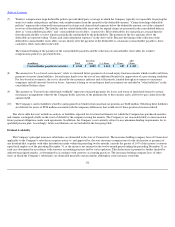 133
133 -
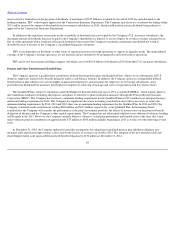 134
134 -
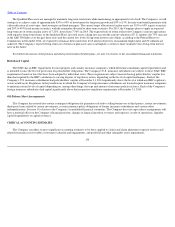 135
135 -
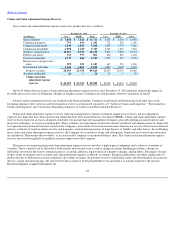 136
136 -
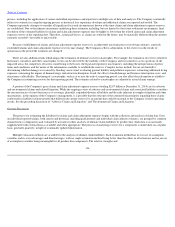 137
137 -
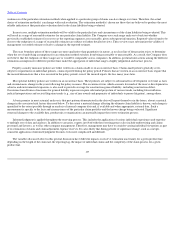 138
138 -
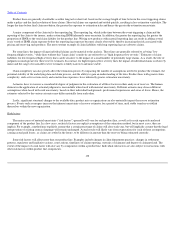 139
139 -
 140
140 -
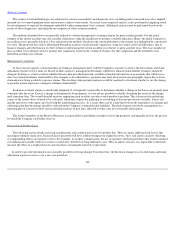 141
141 -
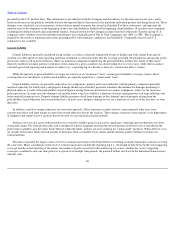 142
142 -
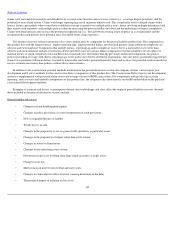 143
143 -
 144
144 -
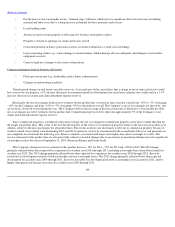 145
145 -
 146
146 -
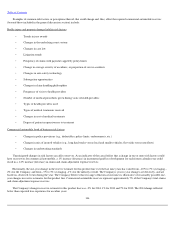 147
147 -
 148
148 -
 149
149 -
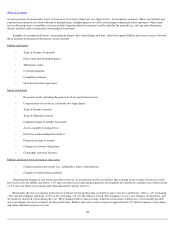 150
150 -
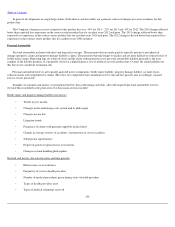 151
151 -
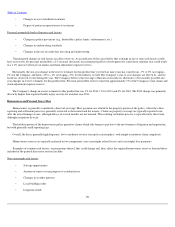 152
152 -
 153
153 -
 154
154 -
 155
155 -
 156
156 -
 157
157 -
 158
158 -
 159
159 -
 160
160 -
 161
161 -
 162
162 -
 163
163 -
 164
164 -
 165
165 -
 166
166 -
 167
167 -
 168
168 -
 169
169 -
 170
170 -
 171
171 -
 172
172 -
 173
173 -
 174
174 -
 175
175 -
 176
176 -
 177
177 -
 178
178 -
 179
179 -
 180
180 -
 181
181 -
 182
182 -
 183
183 -
 184
184 -
 185
185 -
 186
186 -
 187
187 -
 188
188 -
 189
189 -
 190
190 -
 191
191 -
 192
192 -
 193
193 -
 194
194 -
 195
195 -
 196
196 -
 197
197 -
 198
198 -
 199
199 -
 200
200 -
 201
201 -
 202
202 -
 203
203 -
 204
204 -
 205
205 -
 206
206 -
 207
207 -
 208
208 -
 209
209 -
 210
210 -
 211
211 -
 212
212 -
 213
213 -
 214
214 -
 215
215 -
 216
216 -
 217
217 -
 218
218 -
 219
219 -
 220
220 -
 221
221 -
 222
222 -
 223
223 -
 224
224 -
 225
225 -
 226
226 -
 227
227 -
 228
228 -
 229
229 -
 230
230 -
 231
231 -
 232
232 -
 233
233 -
 234
234 -
 235
235 -
 236
236 -
 237
237 -
 238
238 -
 239
239 -
 240
240 -
 241
241 -
 242
242 -
 243
243 -
 244
244 -
 245
245 -
 246
246 -
 247
247 -
 248
248 -
 249
249 -
 250
250 -
 251
251 -
 252
252 -
 253
253 -
 254
254 -
 255
255 -
 256
256 -
 257
257 -
 258
258 -
 259
259 -
 260
260 -
 261
261 -
 262
262 -
 263
263 -
 264
264 -
 265
265 -
 266
266 -
 267
267 -
 268
268 -
 269
269 -
 270
270 -
 271
271 -
 272
272 -
 273
273 -
 274
274 -
 275
275 -
 276
276 -
 277
277 -
 278
278 -
 279
279 -
 280
280 -
 281
281 -
 282
282 -
 283
283 -
 284
284 -
 285
285 -
 286
286 -
 287
287 -
 288
288 -
 289
289 -
 290
290 -
 291
291 -
 292
292 -
 293
293 -
 294
294 -
 295
295 -
 296
296 -
 297
297 -
 298
298 -
 299
299 -
 300
300 -
 301
301 -
 302
302 -
 303
303 -
 304
304 -
 305
305 -
 306
306 -
 307
307 -
 308
308 -
 309
309 -
 310
310 -
 311
311 -
 312
312 -
 313
313 -
 314
314 -
 315
315 -
 316
316 -
 317
317 -
 318
318 -
 319
319 -
 320
320 -
 321
321 -
 322
322 -
 323
323 -
 324
324 -
 325
325 -
 326
326 -
 327
327 -
 328
328 -
 329
329 -
 330
330 -
 331
331 -
 332
332 -
 333
333 -
 334
334 -
 335
335 -
 336
336 -
 337
337 -
 338
338 -
 339
339 -
 340
340 -
 341
341 -
 342
342 -
 343
343 -
 344
344 -
 345
345 -
 346
346 -
 347
347 -
 348
348 -
 349
349 -
 350
350 -
 351
351 -
 352
352 -
 353
353 -
 354
354 -
 355
355 -
 356
356 -
 357
357 -
 358
358 -
 359
359 -
 360
360 -
 361
361 -
 362
362 -
 363
363 -
 364
364 -
 365
365 -
 366
366
 |
 |

Table of Contents
provided for the U.S. product lines. This information is provided for both the Company and the industry for the nine most recent years, and is
based on the most recent publicly available data for the reported line(s) that most closely match the individual product line being discussed. These
changes were calculated, net of reinsurance, from statutory annual statement data found in Schedule P of those statements, and represent the
reported reserve development on the beginning
-
of
-
the
-
year claim liabilities divided by the beginning claim liabilities, all accident years combined,
excluding non
-
defense related claim adjustment expense. Data presented for the Company includes history for the entire Travelers group (U.S.
companies only), whether or not the individual subsidiaries were originally part of The St. Paul Companies, Inc. (SPC) or TPC. This treatment is
required by the statutory reporting instructions promulgated by state regulatory authorities for Schedule P. Comparable data for non
-
U.S.
companies is not available.
General Liability
General liability is generally considered a long tail line, as it takes a relatively long period of time to finalize and settle claims from a given
accident year. The speed of claim reporting and claim settlement is a function of the specific coverage provided, the jurisdiction and specific policy
provisions such as self
-
insured retentions. There are numerous components underlying the general liability product line. Some of these have
relatively moderate payment patterns (with most of the claims for a given accident year closed within five to seven years), while others can have
extreme lags in both reporting and payment of claims (e.g., a reporting lag of a decade or more for "construction defect" claims).
While the majority of general liability coverages are written on an "occurrence" basis, certain general liability coverages (such as those
covering directors and officers or professional liability) are typically insured on a "claims
-
made" basis.
General liability reserves are generally analyzed as two components: primary and excess/umbrella, with the primary component generally
analyzed separately for bodily injury and property damage. Bodily injury liability payments reimburse the claimant for damages pertaining to
physical injury as a result of the policyholder's legal obligation arising from non
-
intentional acts such as negligence, subject to the insurance
policy provisions. In some cases the damages can include future wage loss (which is a function of future earnings power and wage inflation) and
future medical treatment costs. Property damage liability payments result from damages to the claimant's private property arising from the
policyholder's legal obligation for non
-
intentional acts. In most cases, property damage losses are a function of costs as of the loss date, or soon
thereafter.
In addition, sizable or unique exposures are reviewed separately. These exposures include asbestos, environmental, other mass torts,
construction defect and large unique accounts that would otherwise distort the analysis. These unique categories often require a very high degree
of judgment and require reserve analyses that do not rely on conventional actuarial methods.
Defense costs are also a part of the insured costs covered by liability policies and can be significant, sometimes greater than the cost of the
actual paid claims. For some products this risk is mitigated by policy language such that the insured portion of defense costs is included in the
policy limit available to pay the claim. Such "defense within the limits" policies are most common for "claims
-
made" products. When defense costs
are outside of the policy limits, the full amount of the policy limit is available to pay claims and the amounts paid for defense costs have no
contractual limit.
This line is typically the largest source of reserve estimate uncertainty in the United States (excluding assumed reinsurance contracts covering
the same risk). Major contributors to this reserve estimate uncertainty include the reporting lag (i.e., the length of time between the event triggering
coverage and the actual reporting of the claim), the number of parties involved in the underlying tort action, whether the "event" triggering
coverage is confined to only one time period or is spread over multiple time periods, the potential dollars involved (in the individual claim actions),
whether such
141
